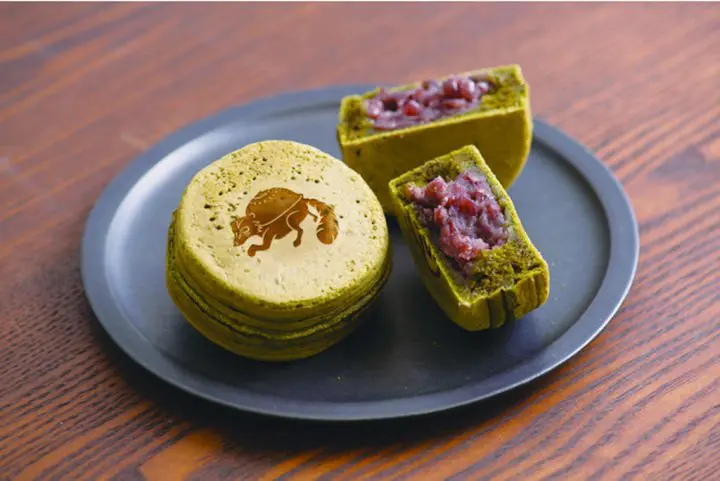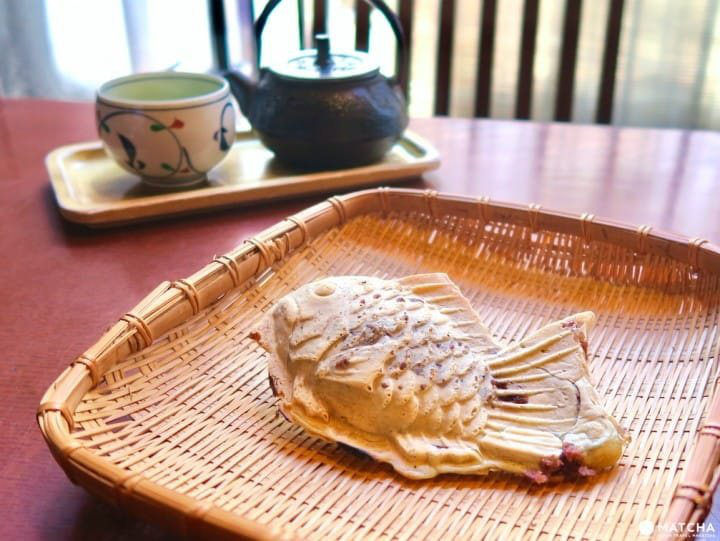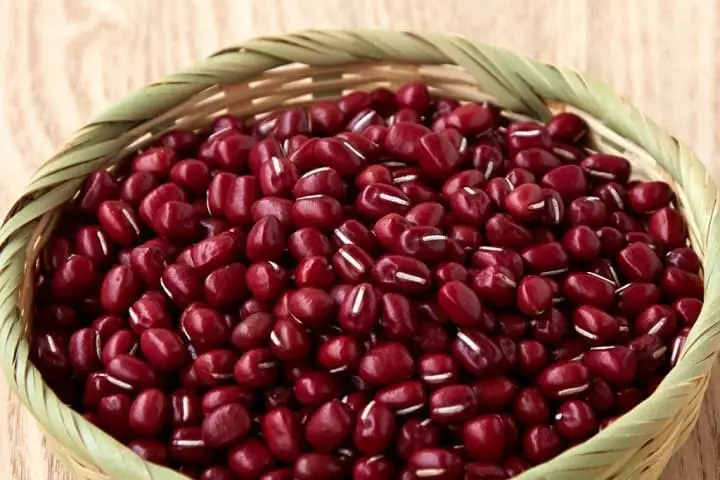Taiyaki and Imagawayaki - Japanese Encyclopedia

Made from dough filled with sweet red bean paste, taiyaki and imagawayaki are two popular Japanese sweets. Let's learn a bit more about these delicious treats!
Taiyaki and imagawayaki are popular Japanese snacks made from fluffy dough and filled with a generous helping of anko!
What's the difference between these snacks? Let's take a closer look at these delicious treats.
The Difference Between Taiyaki and Imagawayaki

photo by PRtimes
The biggest difference between taiyaki and imagawayaki is their shape. Taiyaki is shaped like fish, while imagawayaki is round. But with the same ingredients and filling, how did this difference in shape arise?
Historically, imagawayaki have been around the longest. Imagawayaki were first eaten in the Edo Period while taiyaki were made almost 100 years later, during the Meiji Period.
The History of Taiyaki and Imagawayaki

Imagawayaki is said to originate in Kanda, Tokyo. About 200 years ago, a shop sold red bean buns in Kanda's Imagawabashi neighborhood. Over time, they became known as imagawayaki. These simple flour buns filled with anko (red bean paste) quickly became a popular mid-afternoon snack!
Taiyaki was also first made in Tokyo. These fish-shaped snacks were invented by a man named Seijiro Kanbei, originally from Osaka but later came to Tokyo for business. His own imagawayaki shop was not doing well until he tried shaping the snacks into a fish.
But not just any fish, but rather a "tai" or red sea bream. Tai is considered an auspicious dish in Japan and is eaten mainly to celebrate different festivals and events. These new buns won over the masses and have been sold ever since.
Seijiro Kanbei's original shop Naniwaso Honten is still in business and located in Azabu Juban, Tokyo. This is a must-visit shop for fans of taiyaki and its creator.
Taiyaki and Imagawayaki With a Twist?

photo by PRtimes
Both imagawayaki and taiyaki are best known as red-bean-filled sweets. However, varieties made with custard cream, whipped cream, chocolate, and jam gained popularity in the 20th century.
Savory types also emerged with sausage, cheese, and even corn kernels. There is even a pizza and okonomiyaki-filled taiyaki, too!
If you'd like to try one of these unusual treats, head to Gintai in Tokyo's Meguro Ward. This is where you can order the pizza taiyaki. If you visit Kichijoji, you should head to Gin-no-an, a shop that serves taiyaki made from croissant pastry.
When you visit Japan, be sure to try a few different types of taiyaki. It's no question that you'll enjoy them!
Let's Visit a Unique Museum!

photo by PIXTA
If you'd like to learn more about the history of taiyaki and imagawayaki, there's an interesting place you should visit.
The Azuki Museum, managed by the famous imagawayaki manufacturer Gozasoro, is where visitors can learn more about these sweet red beans and Gozasoro's role in the history of imagawayaki. You can also participate in a Japanese sweets-making workshop!
In the museum gift shop, you can purchase imagawayaki-themed cell phone straps, erasers, and plenty of other unique souvenirs, too. This is a must-visit spot for those interested in gaining insight into Japanese food culture!
For more on taiyaki and other Japanese sweets:
日本への訪日外国人の方が、もっと増えますように!
































![[50 minutes by car from Nagoya] Experience "sake and culture" in Tokoname](https://resources.matcha-jp.com/resize/720x2000/2026/01/13-255411.webp)


